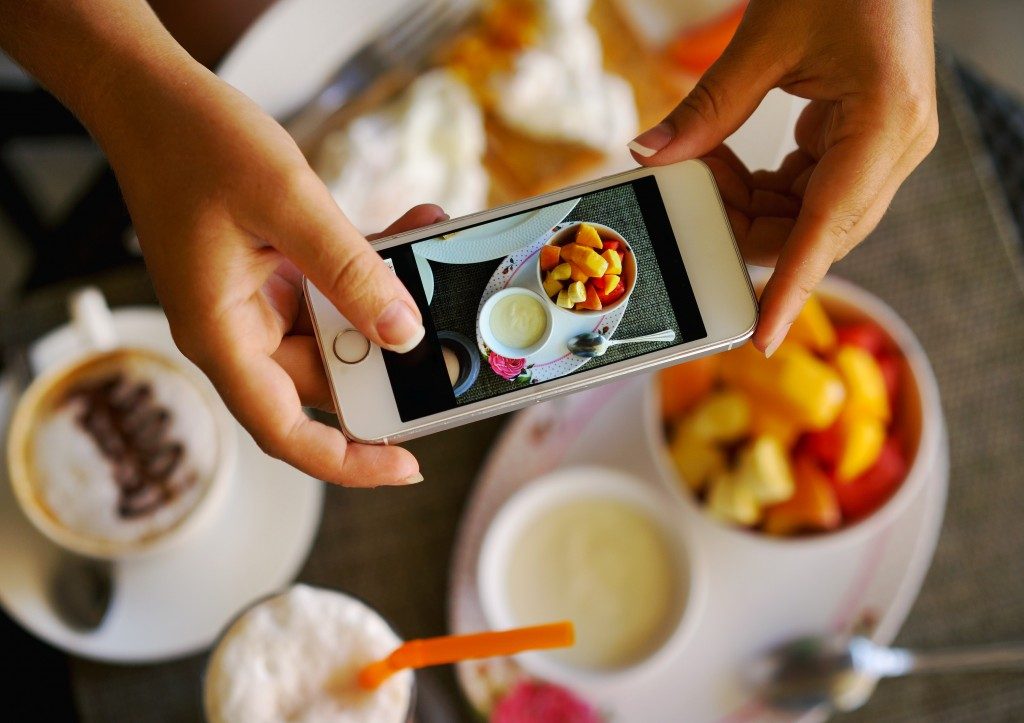Sugary snacks, drinks, and junk foods are no longer the most popular (and profitable) food items. These days, consumers are more interested in items labeled “organic,” “all-natural,” and “no sugar added” — among other buzzwords associated with healthy living. And social media plays a significant part in this eating revolution.
The Current State of the Food Industry
Thirty percent of all food companies now invest in healthy foods to stay ahead in the market. Moreover, the popularity of healthy food items has driven more entrepreneurs to line their shelves with more organic products or to start building more salad restaurants. The statistics surrounding the recent changes in the food industry is enough to motivate them.
Nielsen’s 2015 online Global Health and Wellness Survey reported that 80 percent of their US respondents were willing to pay more for healthier food items. The survey also reveals that millennials are more willing to pay a premium for sustainably sourced ingredients and are the leaders of the gluten-free movement. According to Food Navigator, the total sales of gluten-free products in the US might reach $2.34 billion in 2019.
How Social Media Fits In

Social media has changed the way people eat. People take photos of their food first so they can post it on Instagram, Twitter, and other social platforms. To date, there are nearly 200,000,000 posts tagged with the #foodporn on Instagram (and this number will only continue climbing) — evidence of a new photo-sharing habit for “clean” food.
Healthy and clean eating, in particular, is an area in which social media has had a positive impact. Apart from allowing nutritionists, health experts, and chefs to post their recipes to reach a wider audience, social media has facilitated an online community where anyone can boast about their kitchen or healthy eating successes.
By connecting people across the world, social media has established advice networks and support groups around healthy eating, making it easier for people to follow natural and healthier diets. Social media users recount their healthy eating experiences or share eye-catching photos of their healthy recipes. Some accounts have already gained a big following.
For example, Deliciously Ella (@deliciouslyella), a clean-eating blogger based in the UK, currently has 1.5 million followers. Joe Wicks (@thebodycoach), an influencer dedicated to sharing healthy eating habits, has 2.5 million followers.
What It Means for Businesses
Businesses promoting healthy meals can use social media to establish credibility with their target market. Approaching an influencer to review or post about their products is a start. A simple social post from the right person can help retailers and brands to expand their reach into a more targeted market — a demographic already interested in healthy meals.
This type of marketing is more precise and does not disrupt the consumer’s viewing experience like traditional advertisements. Moreover, social media has established a correlation between healthy eating and an aspirational healthy lifestyle, thus making the products more desirable.
There’s no denying social media’s contribution to the rise and continued popularity of healthy eating. The future guarantees more people will join the #healthyeating revolution.
